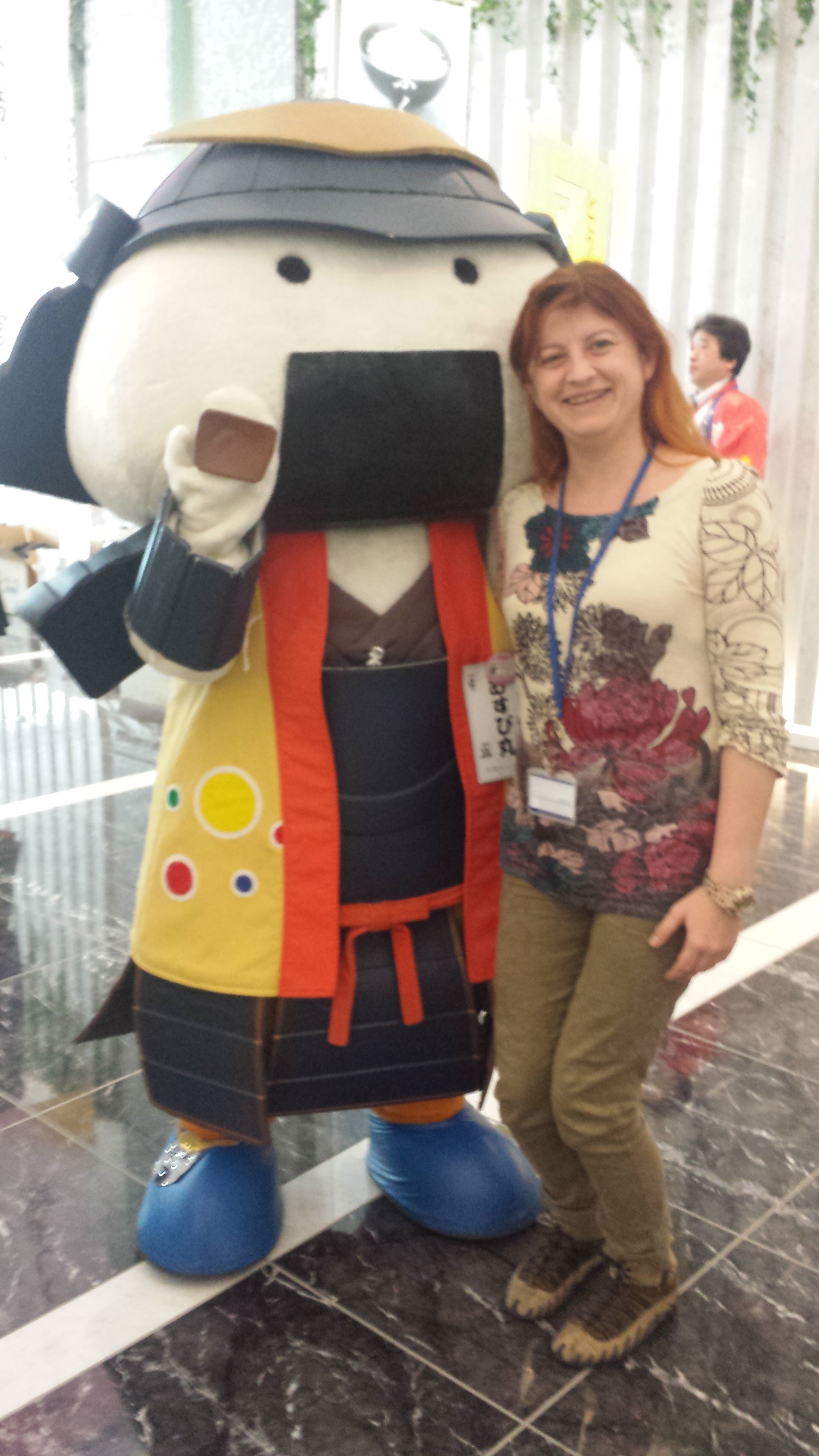Going beyond standard Japanese: understanding and playing with intonation!

An often repeated scene in our household: I say for example rinGO (りんご - apple) and then my husband says oh you mean RINgo? Then he'll invariably make some joke about my Kansai versus his Kanto accent.
In Japanese, intonation also plays a critical role in conveying different meanings, even when the same word is used. This phenomenon, often referred to as "pitch accent," can lead to misunderstandings - or gently ribbing in my house- if not properly used.
Here are some common examples of words in Japanese where intonation (high pitch - in caps- vs low pitch) changes their meanings:
橋 (HAshi) vs. 箸 (haSHI): bridge vs chopsticks
墨 (SUmi) vs. 隅 (suMI): soot vs corner
As I wrote above, there are also some fun differences between several regions in Japan of which Kansai and Kanto accents are the most wellknown. In Kanto, which includes Tokyo, the pitch accent is usually more straightforward and consistent. On the other hand, Kansai, home to cities like Osaka and Kyoto, has its own unique pitch patterns. I used to live in Ishikawa Prefecture, so my speech patterns were formed by the Hokuriku version of the Kansai accent and it's hard to break away even 30 years later! Anyway, it makes for fun conversations with my husband 😁
So, now you know that learning "NHK Japanese" is just the beginning! These regional quirks add an extra layer of enjoyment to learning the language and understanding the culture! Have fun!